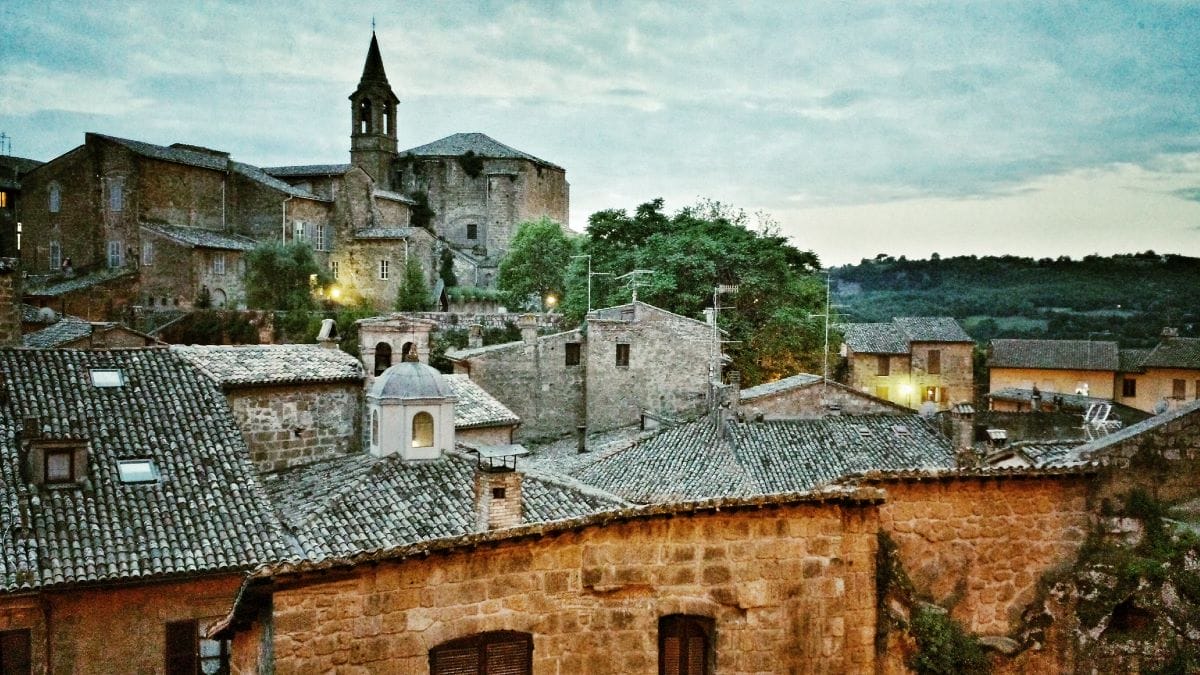
Is Orvieto Worth Visiting? 7 Things to Do in This Charming Italian Town
November 13, 2024
While you may already be well-acquainted with some of the best day trips from Rome such as Pompeii, Tivoli, and Florence, there’s another enchanting option that might not have yet crossed your radar: the picturesque town of Orvieto. You can reach the town in just about 1.5 hours, making it an easy and accessible city to explore.
Given the abundance of day trip choices, you might be asking yourself: Is Orvieto worth visiting? Follow along as we reveal why the answer is a definite “yes!”
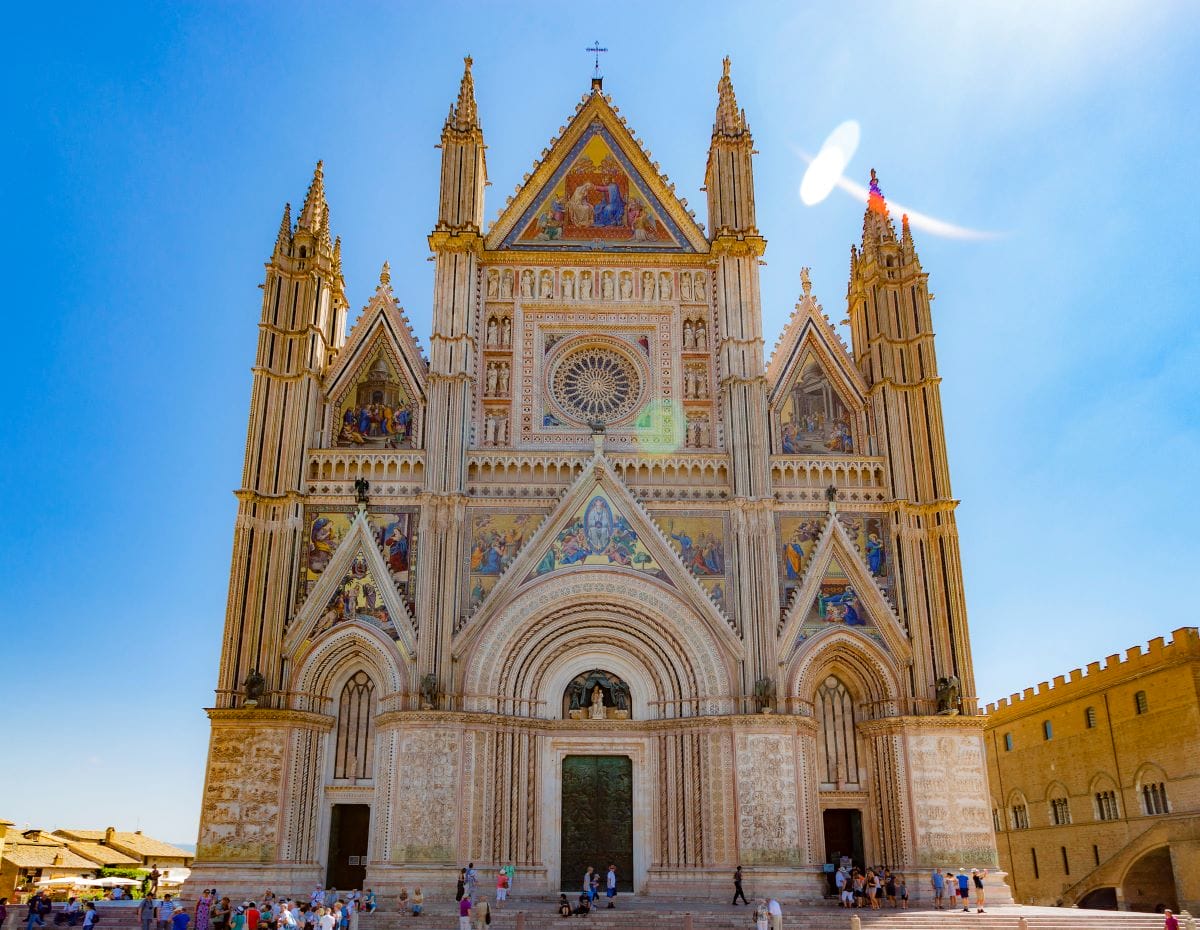
While the cathedral undoubtedly takes center stage in Orvieto, the city offers a plethora of other fantastic attractions and activities for travelers to enjoy during their visit. Photo credit: Graeme Maclean
Table of Contents
ToggleA brief history of Orvieto
Long before there were tourists trudging all over Orvieto, even long before the Romans turned up, this hunk of volcanic stone was home to the Etruscans, as ancient Etruscan tombs have been unearthed here. But in the third century BCE, the Romans finally arrived. Eventually, after the fall of the Roman Empire, Goths and Lombards took over on the volcanic stump until the 10th century when Orvieto became a self-governing city.
One of the reasons why Orvieto became such an important and wealthy city was that it sat on the road midway between Florence and Rome. In the 13th century, there were over 30,000 denizens of the city (today there are just 20,000). A university sprang up and even Thomas Aquinas taught there until he was summoned to Rome to become the papal theologian to Pope Clement IX in 1265.
All of that being said…is Orvieto worth visiting? The simple answer: yes. Orvieto makes for a lovely day trip or overnight trip from Rome since there are plenty of things to see and do here.
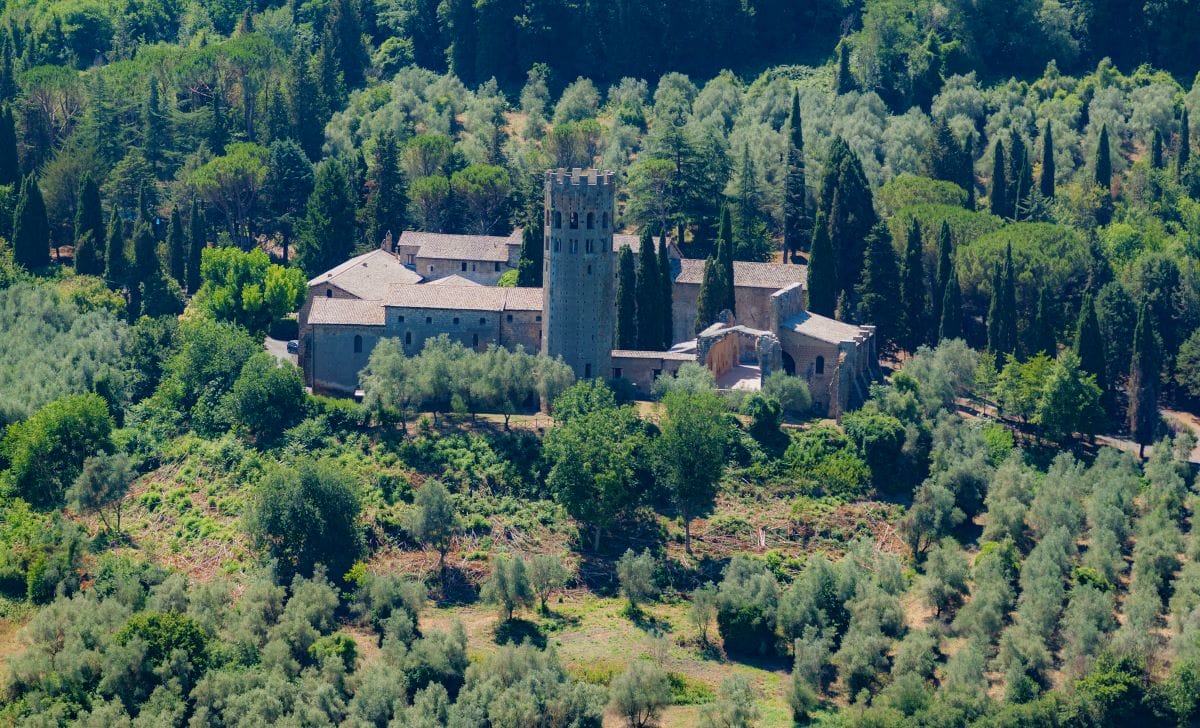
Orvieto is located 1.5-hours from Rome, making it an easily accessible destination for those looking to explore its historical charm and picturesque surroundings. Photo credit: Graeme Maclean
Best things to do in Orvieto
Before you arrive in Orvieto, you face a “choose-your-own-adventure” scenario: You can ascend to the top of this massive mound of volcanic tuff stone via an elevator, escalator, or funicular. Whichever option you select, once you reach the summit, you’ll find yourself in one of central Italy’s magnificent hill towns.
Here are the top places in the city worth visiting:
The cathedral
Also known as the Duomo and the Cathedral of Santa Maria Assunto, the Cathedral of Orvieto is stunning. It all began back on November 13, 1290 when Pope Nicholas IV laid the flagstone. The altarpiece-like facade is worth spending a few minutes admiring before heading inside. The facade is adorned with lively golden mosaics. Keep an eye out for the statue of the holy cow: a bovine with angel wings.
Inside the cathedral you’ll find a surprisingly minimalist interior, compared to other churches in Italy. In the 17th-century, the interior got the Baroque treatment like nearly every church in Europe within the Catholic fold. In the latter half of the 19th century, the people of Orvieto had had enough: they de-cluttered in the interior, stripping away much of the ornate interior.
Be sure to pause at the Chapel of San Brizio. You can gawk at the dramatic Renaissance-era frescos by Luca Signorelli of the Last Judgment.
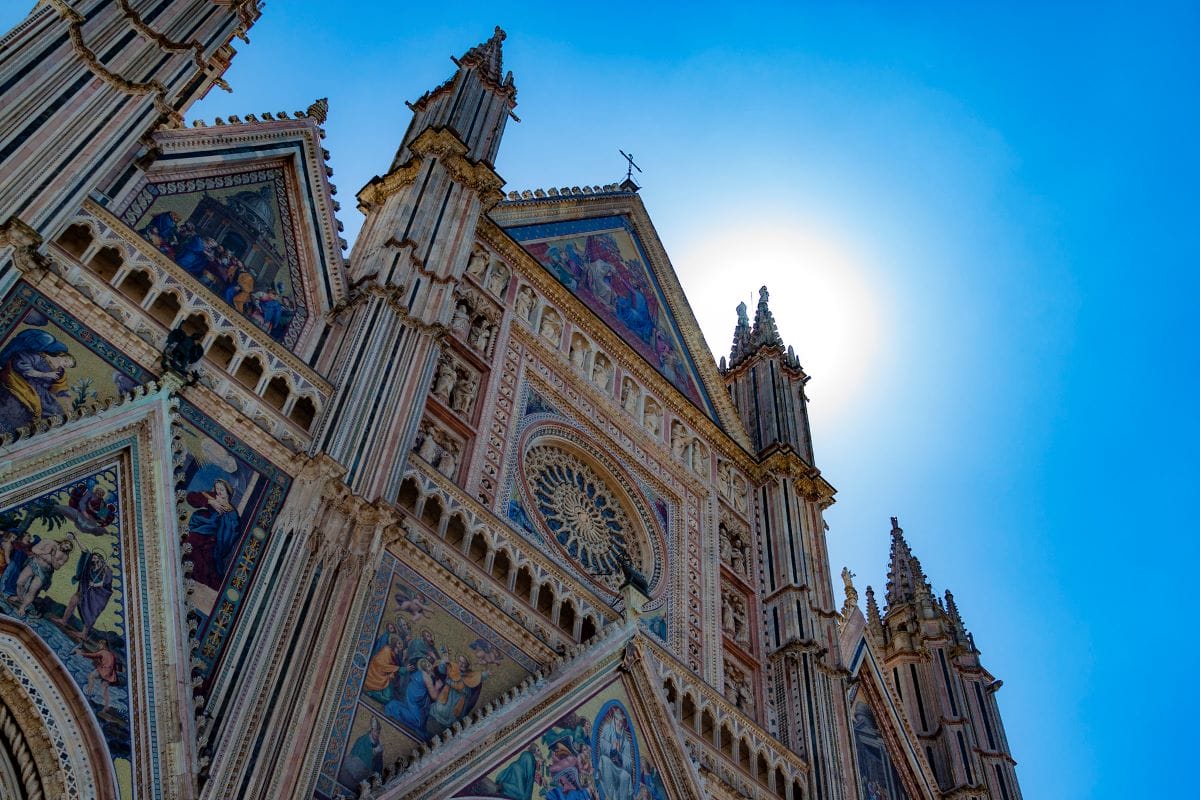
Italy is abundant in stunning churches. Photo credit: Graeme Maclean
Museo Archeologico Nazionale
The National Archeological Museum in Orvieto sits next to the cathedral and is housed in the 13th-century Palazzo Soliano. The museum exhibits—surprise, surprise—a large collection of Etruscan artifacts, many of which are relatively recent finds. Some of the stunning objects on display here are the detached wall murals from an Etruscan tomb that was first discovered in 1863 in Orvieto.
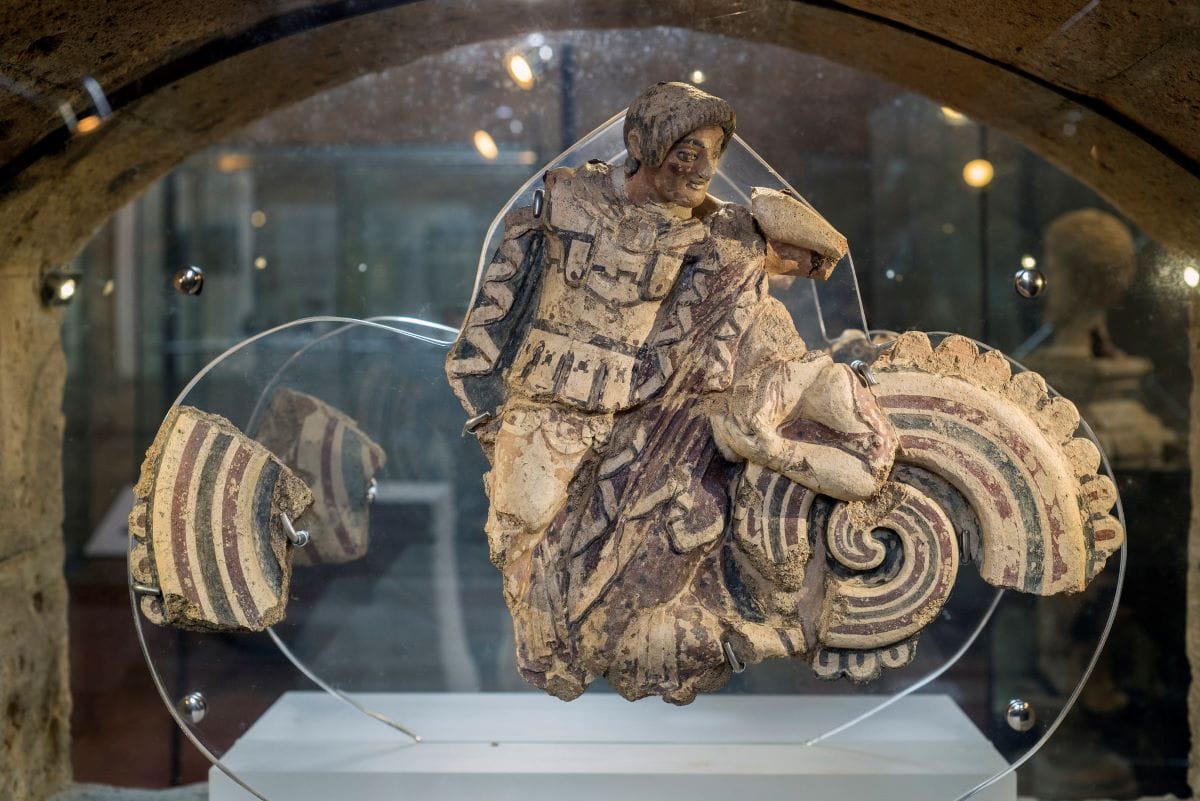
A sculpture representing the matricide of Orestes at the Museo Archeologico Nazionale in Orvieto, Italy. Photo credit: Dan Diffendale
Museo Claudio Faina
If you just can’t get enough of the Etruscans, this private museum holds a treasure trove of artifacts from that civilization that the Romans wiped out. At the Museo Claudio Faina you can delve into the world of Etruscan Orvieto. The collection began in 1864 by the Faina brothers and it has since grown to also include pottery, glassware, bronzes, and figurative pottery. There are also about 3,000 Roman coins to gawk at. The museum is located across from the cathedral.
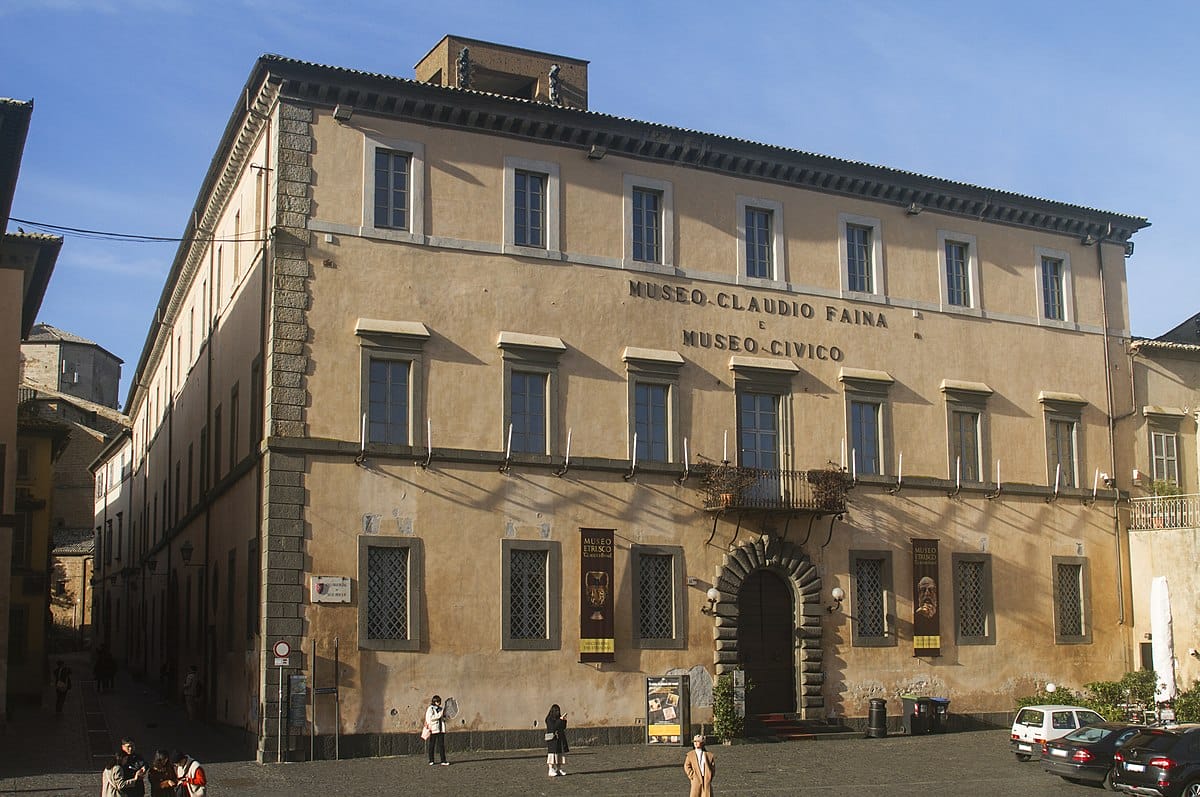
Museum lover? Head to Orvieto’s Museo Claudio Faina for a comprehensive collection of Etruscan artifacts, including pottery, glassware, bronzes, and figurative pottery. Photo credit: Museo Etrusco Claudio Faina
Orvieto Underground
You wouldn’t know it from street level, but Orvieto is honeycombed with caves. In fact, there are about 1200 caves dug into the interior of the stump of rock the town sits on—some going all the way back to Etruscan times. The organization Orvieto Underground organizes tours of some of the caves. Guides lead small groups through the grottos while regaling them with fun anecdotes and historical facts.
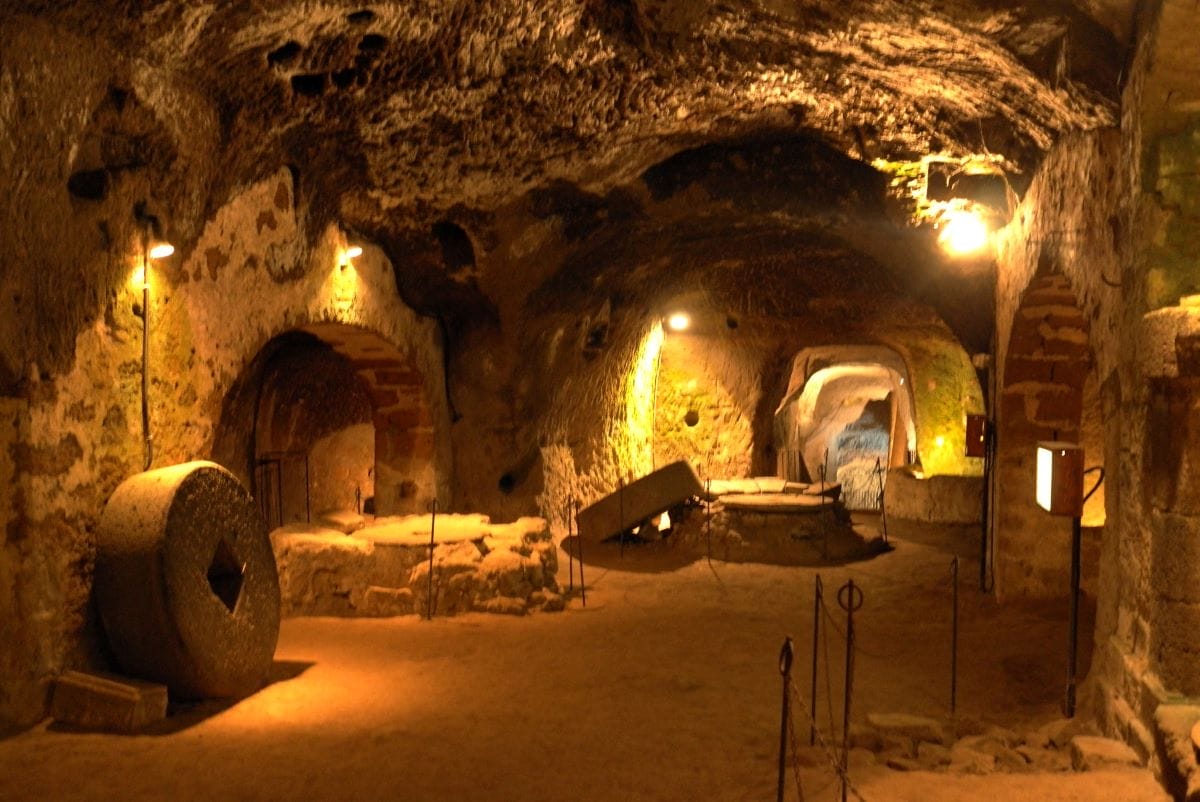
These caves are known as “Orvieto’s Underground” or “Orvieto Underground City.” Photo credit: Jens Hoffmann
Palazzo del Popolo
Located a cobblestone’s throw from the Torre del Moro, the Palazzo del Popolo, or People’s Place, is an imposing late-Medieval, 13th-century structure. The palace was home to Il Capitone del Popolo—the Captain of the People—which sounds like the name of a Marvel superhero. He was, in a sense, as this captain represented the interest of the common people vis-a-vis the nobility. The bad news is that the palace is closed to the public, as it’s now used as a conference center. The good news is that it’s free to admire from the outside.
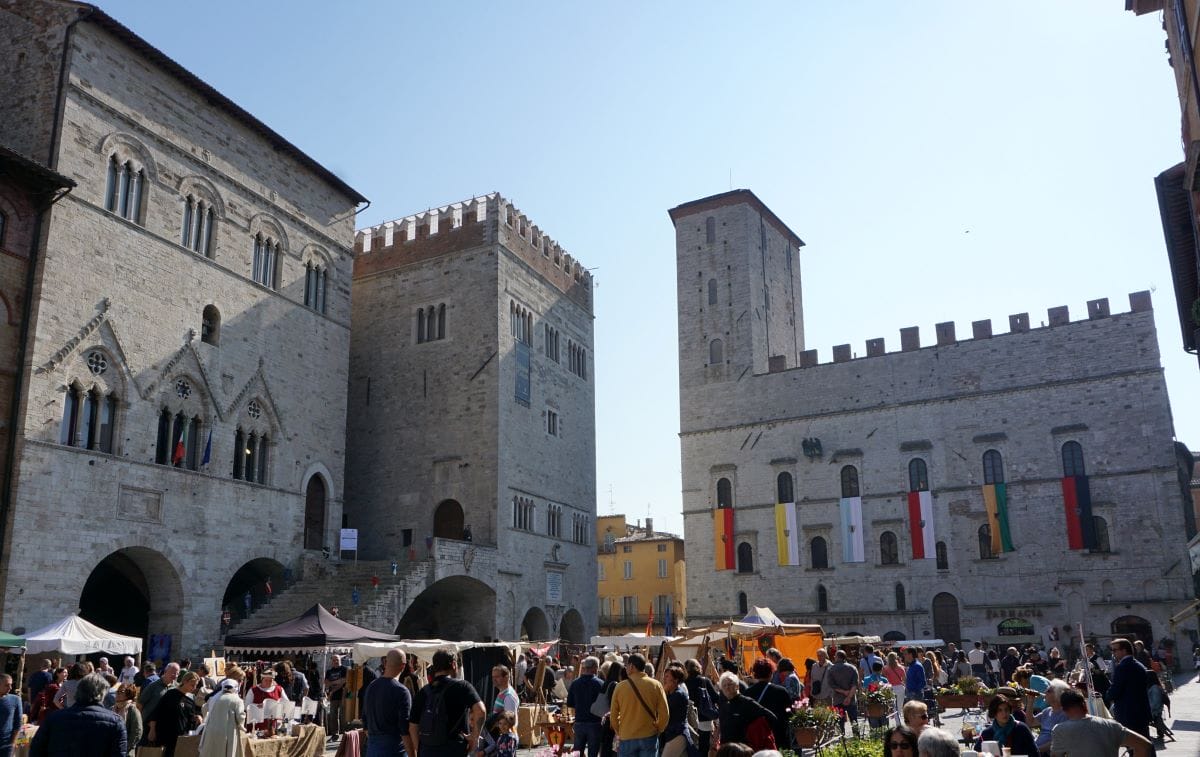
The Palazzo del Popolo dates back to the 13th century and has served various functions throughout its history. Photo credit: Sebastià Giralt
Saint Patrick’s Well
During the 1527 Sack of Rome, in which Holy Roman Emperor Charles V marched on the Eternal City with tens of thousands of Spanish troops and German mercenaries, Pope Clement VII took refuge in Orvieto. He had the Well of St. Patrick dug. It’s 200 feet down, complete with two spiraling staircases, one for humans and one for donkeys. In all there are 248 steps on the double helix staircases for both man and beast.
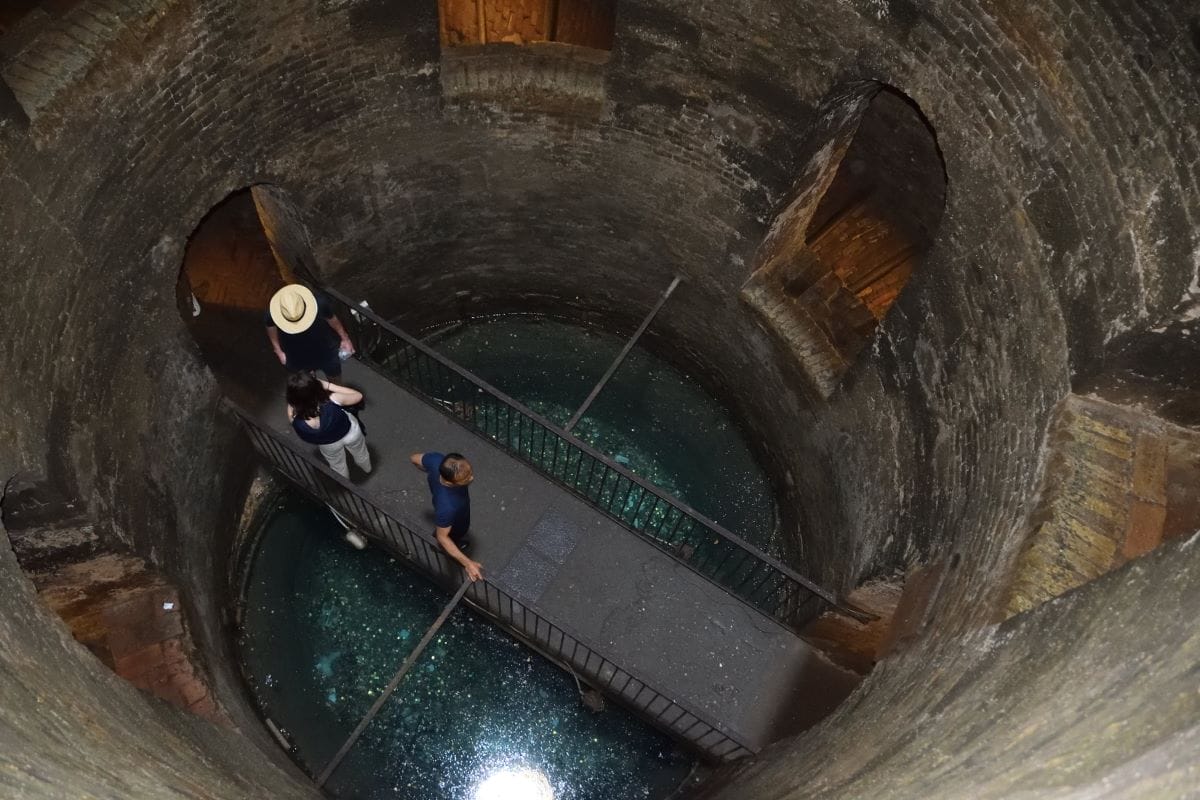
Saint Patrick’s Well is also known as “Pozzo di San Patrizio.” Photo credit: Barb Mayer
Torre del Moro
It’s always useful and aesthetically pleasing to go up in a tower to get an orientation of the place and see the lay of the land. The Torre del Moro is actually in the exact center of Orvieto where all four of the town’s districts touch. Climb the steps until you’re 130 feet above the city and the surrounding countryside.
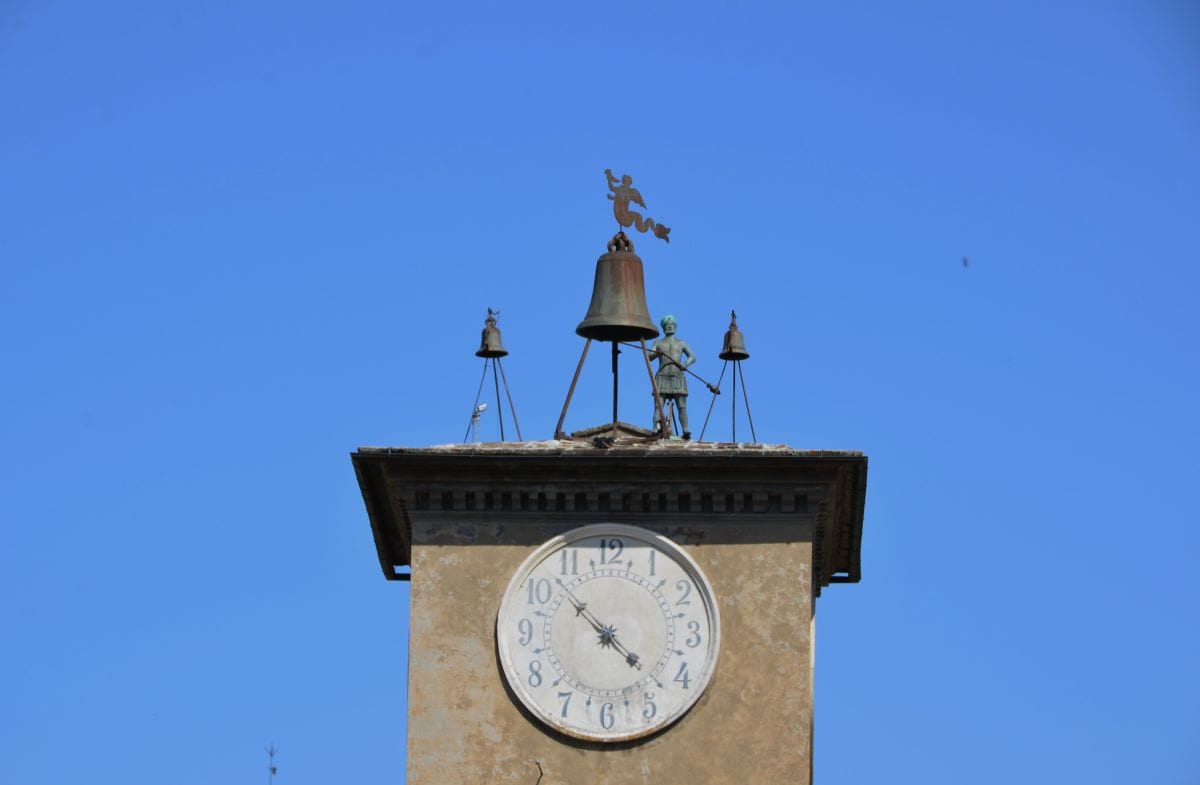
The Torre del Moro in Orvieto offers visitors a stunning panoramic view of the city. Photo credit: Richard Mortel
by David Farley
View more by David ›Book a Tour

Pristine Sistine - The Chapel at its Best
€89
1794 reviews

Premium Colosseum Tour with Roman Forum Palatine Hill
€56
850 reviews

Pasta-Making Class: Cook, Dine Drink Wine with a Local Chef
€64
121 reviews

Crypts, Bones Catacombs: Underground Tour of Rome
€69
401 reviews

VIP Doge's Palace Secret Passages Tour
€79
18 reviews

Legendary Venice: St. Mark's Basilica, Terrace Doge's Palace
€69
286 reviews









